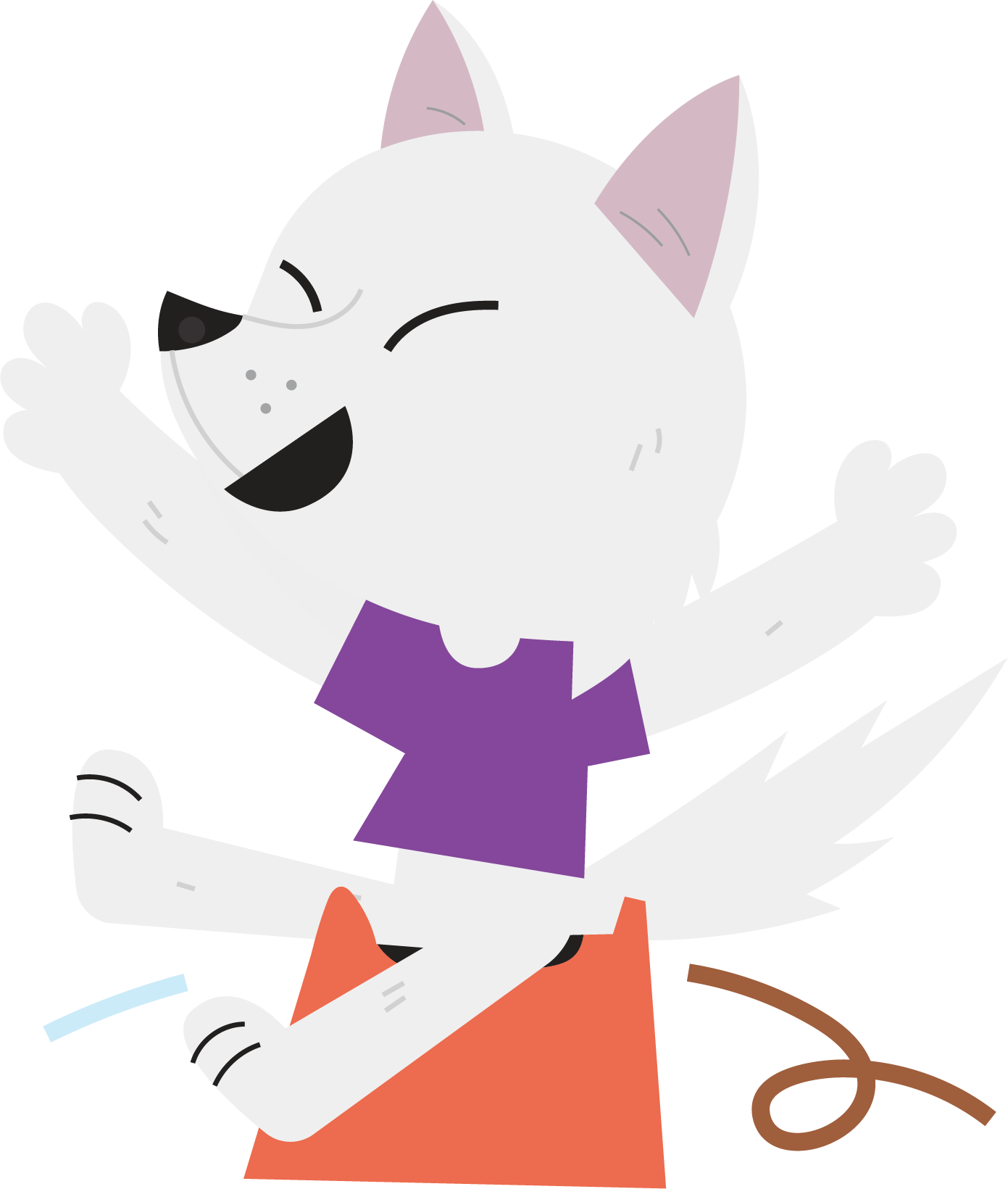The moment your child gets out of diapers often feels like a big step. For many parents, this raises questions: what exactly does potty training entail, when is a child ready, how do you approach it, and what if it doesn't work right away? In this article, you can read everything you need to know before you start potty training. You'll gain insight into the basics, the normal variation between children, and how you as a parent can make a difference with a positive mindset.
What exactly is potty training?
Potty training means that a child gains control over his or her bladder and bowels and can actively act on it. So it's not just about peeing on the potty once, but about a combination of skills and awareness.
- Peeing and pooping during the day: your child can feel that they need to go, indicate it in time, and go to the potty or toilet.
- Nighttime potty training: staying dry for a longer period of time during sleep. This is often a later milestone and usually follows daytime potty training.
- Independence: pulling down pants themselves, sitting on the potty, wiping, flushing, and washing hands.
Potty training is therefore more than a trick: it is a developmental step in which physical maturation, cognitive understanding, and daily routines come together.
Why is potty training important?
Potty training is a milestone in toddlerhood. It has significance on multiple levels.
- Autonomy: Your child learns to take control of their own body.
- Everyday convenience: No more changing diapers, easier to go out, and less hassle when changing clothes.
- Sustainability and costs: Fewer disposable diapers saves money and reduces waste.
- Social development: It becomes easier to join in with peers at daycare or school.
For children, it gives a sense of pride and independence; for parents, it provides more freedom and less practical care.
The 4 steps of the Ready for Potty
At Ready for Potty and the Ready for Potty we work with a clear and achievable approach: the 4-step method. This method provides structure and peace of mind, both for your child and for you as a parent.
- Step 1: Getting acquainted - Your child gets to know the potty, hears potty language, and can practice without pressure. It's all about sparking interest.
- Step 2: First successful experiences - Small pees or poops in the potty are noticed and celebrated together. Success motivates and makes them proud.
- Step 3: Practice and routine - Potty training becomes a habit. Through fixed moments and predictable routines, your child learns to build control and confidence.
- Step 4: Full independence - Your child no longer wears diapers, during the day and later at night too. The whole process is integrated into daily life.
These steps follow a natural progression. Some children go through them quickly, others need more time. Both are normal.
Normal variation in age and pace
Parents often wonder: at what age should my child be potty trained? The answer: there is no fixed age. On average, children become potty trained during the day between the ages of 2 and 3. Nighttime potty training often comes later, sometimes not until around 5 or 6 years old. A few things to keep in mind
- Starting age varies: some children show interest around 18 months, others not until they are almost 3 years old.
- Pace differs: for some children it goes in a few weeks, for others it takes months.
- Culture and environment: in some countries parents start much earlier, in others later. It says little about your child.
So don't be fooled by stories from others. The most important thing is that you look at the signals from your own child.
The role of your mindset as a parent
How you as a parent approach potty training largely determines its success. At the Ready for Potty , we sum this up in the 3 Rs:
- Determined: you consciously choose the moment and persevere, even in the face of setbacks.
- Predictable: you offer your child clarity and routines, making learning safe and clear.
- Cheerful: you bring lightness and humor, which eliminates tension and makes practicing fun.
A positive mindset helps your child feel safe and supported. Remember: accidents and relapses are part of it, it's about the process.
Other methods at a glance
You may have heard of methods like “3-day potty training”, “elimination communication”, or “it will come naturally”. It's good to know that there are several paths you can take, but also that not every method works for every family.
- 3-day method: fast and intense, but often stressful and difficult to maintain.
- Elimination communication: starts with babies, but requires extreme alertness and dedication from parents.
- Waiting for it to come naturally: can lead to delays and problems when starting school.
The 4-step method was consciously chosen because it strikes a balance between structure, fun, and feasibility. It aligns with the development of most children and the reality of busy families.
Frequently asked questions from parents
What if my child shows no interest?
That's normal, especially if your child is still young. You can playfully spark interest: read books about the potty, show your child how you or a sibling goes to the toilet, and put the potty in the house. Small steps help to stimulate curiosity.
What if it takes a very long time?
For some children, a few weeks is enough; for others, it can take months. Patience and repetition are key. Don't focus on speed, but on progress. Don't compare with other children: every child learns at his or her own pace.
Should I wait until my child says they want to?
No. You don't have to wait for a spontaneous announcement. As a parent, you can stimulate interest and introduce routines. Start as soon as you notice that your child can, understands, and wants to a little bit. Collaboration is key: you guide, your child learns.
Summary
Becoming potty-trained is a big and beautiful milestone. It means that your child is gaining more and more control over his or her own body and becoming more independent. There is a lot of variation in starting age and pace: anything between 18 months and 3 years can be normal. By working with the 4 steps of the Ready for Potty and the 3 R's as a parent, you give your child a safe, positive and predictable learning environment. Thus, potty training becomes not only a practical step, but also a valuable experience in your child's development.

.svg)






